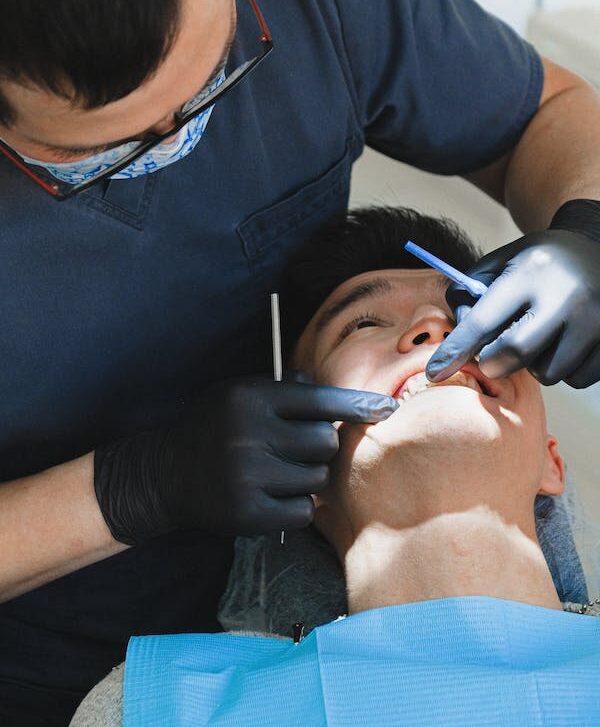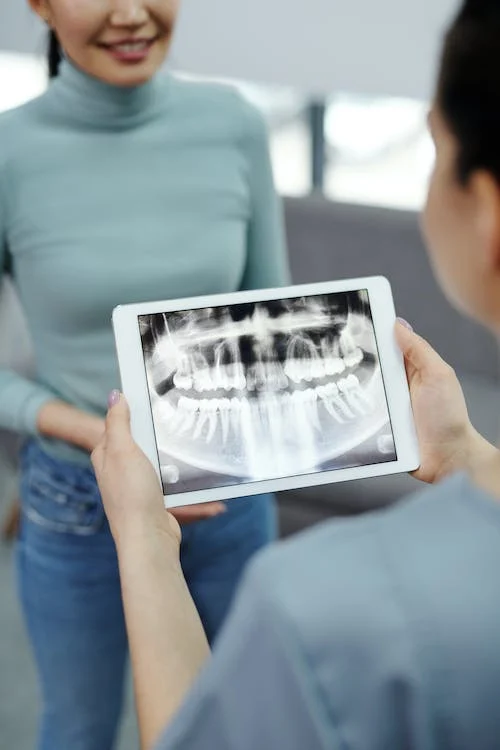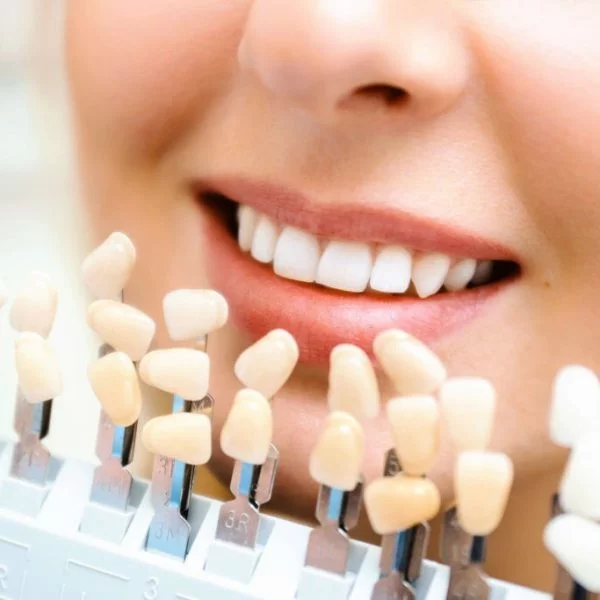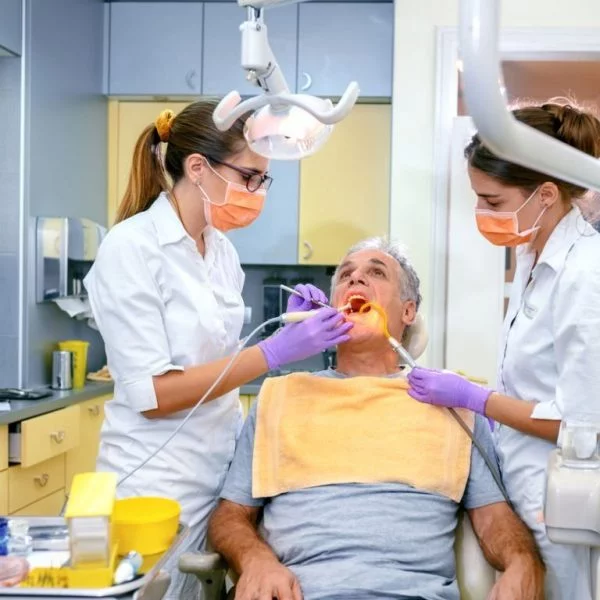Periodontal therapy is a crucial step toward maintaining healthy gums and keeping up with your overall oral health.
At North Texas Family and Cosmetic Dentistry, we provide comprehensive treatment for periodontal disease to restore gum health, prevent tooth loss, and enhance your quality of life.
Whether you’re experiencing early signs of gingivitis or advanced periodontal issues, our tailored treatments, such as scaling and root planing, are designed to address your unique needs.
Periodontal therapy is a set of specialized procedures aimed at treating periodontal disease, commonly known as gum disease. This condition damages the gums and the structures supporting your teeth. The therapy includes non-surgical and surgical treatments, such as:
With the right intervention, periodontal therapy helps halt the disease’s progression, preserve natural teeth, and improve oral aesthetics.


Spotting the signs early can save your teeth and gums from irreversible damage. Key symptoms include:
Ignoring these signs can lead to severe conditions, including tooth loss and systemic health issues. Don’t wait, address these concerns with your dentist the moment you notice them.
Gum disease doesn’t just appear overnight. Certain factors increase the risk, including:


At North Texas Family and Cosmetic Dentistry, we are committed to delivering personalized care for all stages of periodontal disease. Our experienced team offers:
With a compassionate approach and cutting-edge technology, we ensure your journey toward better gum health is smooth and effective.
Take charge of your gum health today. Experience the benefits of professional periodontal care at North Texas Family and Cosmetic Dentistry!

Monday: 7:30am – 4:00pm
Tuesday: 7:30am – 4:00pm
Wednesday: 7:30am – 4:00pm
Thursday: 7:30am – 4:00pm
Friday: Closed